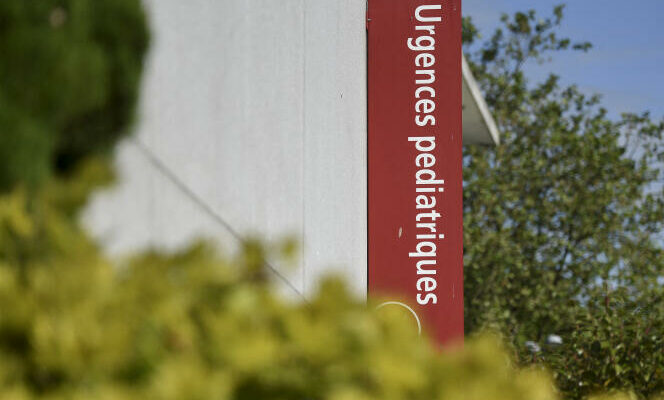Only 3%. At this stage, a tiny minority of pneumonia due to bacteria Mycoplasma pneumoniae in France presents resistance to macrolides, the antibiotics used against it as first intention, according to the bacteriology laboratory of the Bordeaux University Hospital, responsible for monitoring the phenomenon. But it is a risk that Public Health France (SPF) monitors ” closely “according to Isabelle Parent, head of the Respiratory Infections and Vaccination unit within the health agency, because if resistance were to increase, it would be more difficult to treat patients.
According to two bulletins published by SPF on Wednesday December 20, childhood pneumonia remains at a high level this winter “very superior” to that of past years, even if the epidemic seems to be on the decline. From December 11 to 17, compared to the previous week, hospital emergencies and SOS Médecins associations recorded a drop in activity linked to these pulmonary infections for children aged 2 to 14 years: respectively − 8% and − 5%. But medical activity for this reason remains approximately twice as high as in past seasons, as was already the case at the end of November.
According to Mme Parent, Mycoplasma pneumoniae ‘probably plays a fairly important role’ in this epidemic. According to the Renal network, which brings together hospital biology laboratories, the detection rate of the bacteria in samples remained less than 1% until the end of July, before increasing to 7.5% at the end of November. A “vast majority” infections Mycoplasma pneumoniae are benign and disappear without treatment, recalled the general directorate of health on November 24. But otherwise, macrolides are used, in particular azithromycin.
However, by genetic mutation, Mycoplasma pneumoniae is capable of developing resistance to these drugs. However, apart from macrolides, therapeutic options are limited. Unlike other bacteria, mycoplasmas do not have a wall and are therefore insensitive to drugs from the family of beta-lactams, such as amoxicillin. So, “a whole section of antibiotic therapy is naturally inaccessible”underlines Jean-Christophe Giard, professor of bacteriology at the University of Caen and member of the National Academy of Pharmacy.
More powerful molecules (tetracyclines and fluoroquinolones) make it possible to combat strains resistant to macrolides, but they are not without the risk of adverse effects, such as discoloration of dental enamel in children, tendinopathy or cardiovascular hazards. “They are not recommended for young patients, recalls Mr. Giard, and involve increased monitoring which complicates treatments a little. »
You have 60% of this article left to read. The rest is reserved for subscribers.
